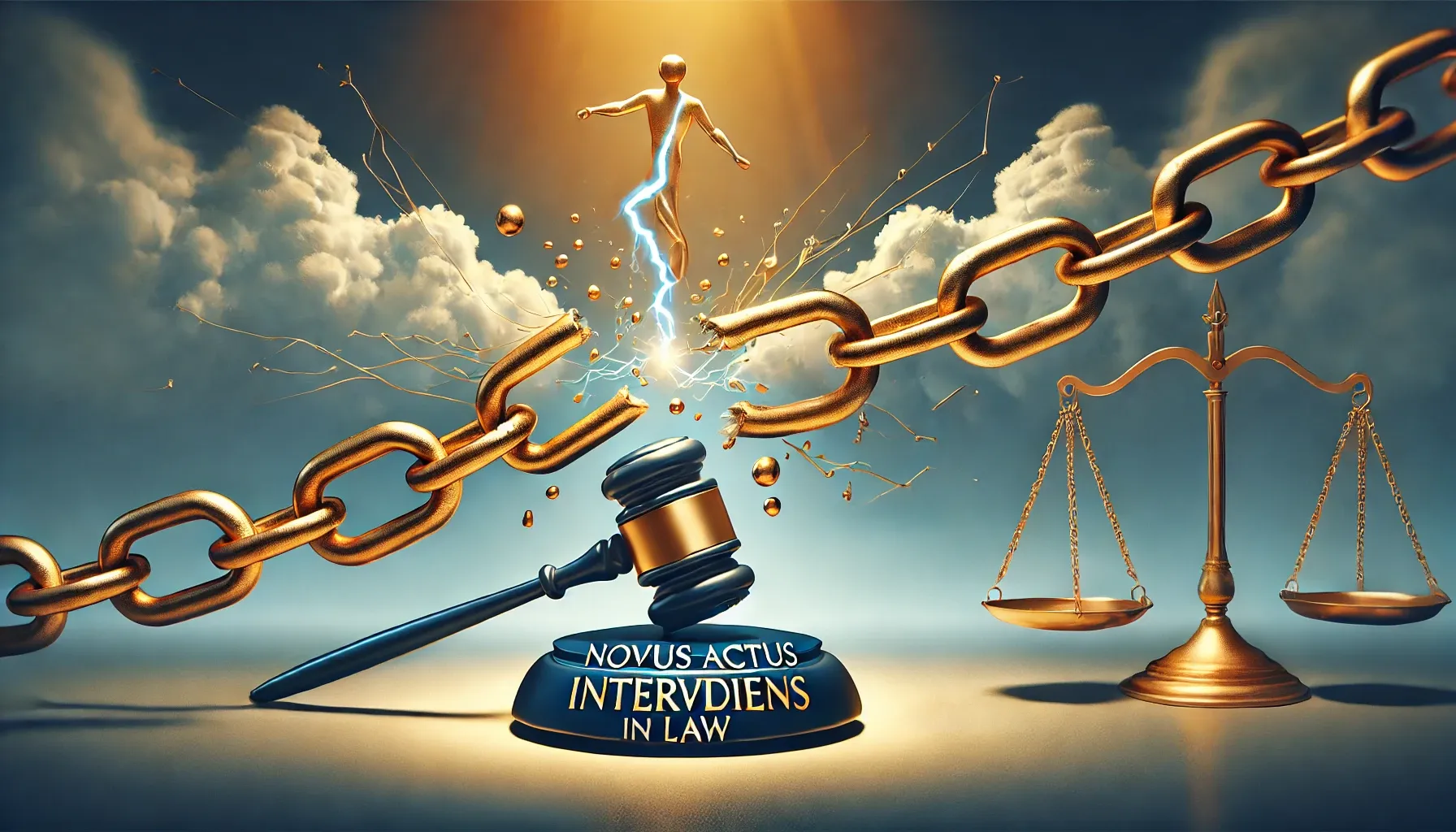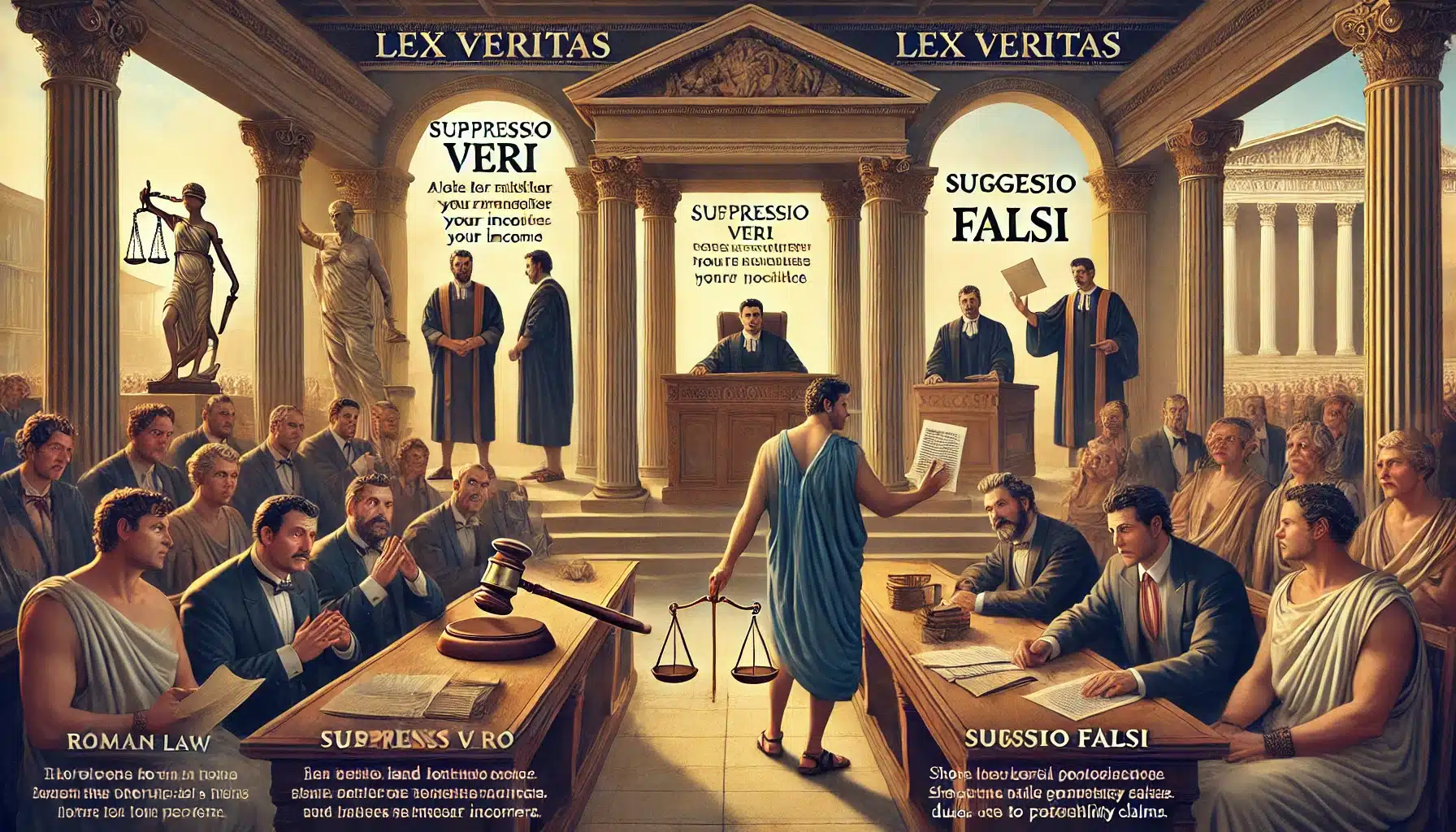Doctrine of Attractive Nuisance is a hazardous condition or object a person creates or permits to exist on their land that is attractive to children

Automated compliance and legal drafting
DEFINITION
Doctrine of attractive nuisance is a doctrine of tort law under which a person who creates or permits to exist on their land a dangerous condition attractive to children, as an unfenced swimming pool, is liable for their resulting injuries, even though the injured are trespassers. It is a hazardous condition or object a person creates or permits to exist on their land that is attractive to children.[1]
MEANING
An attractive nuisance, like a playground or swimming pool, can be alluring to children who might not fully comprehend the potential dangers they pose. Consequently, homeowners and tenants responsible for such attractions are obligated to take reasonable precautions to safeguard children from any associated risks.
APPLICABILITY
The Supreme Court of Texas[2] has articulated that the underlying principle of the doctrine lies in the notion that objects or features possessing exceptional allure may be particularly enticing to young children, implicitly encouraging them to enter the premises. Consequently, by virtue of this implied invitation, such children are to be regarded as invitees rather than trespassers.
- The property owner or tenant has established an enticing hazard, indicating their awareness or reasonable expectation that it will attract children.
- The property owner or tenant is aware or reasonably should be aware that children are prone to trespass onto their premises.
- The property owner or tenant is aware or should be aware that the enticing hazard they have created poses a danger of injury or fatality to trespassing children.
- The trespassing children lack awareness of the risk associated with the enticing hazard.
- The property owner or tenant neglects to exercise a reasonable level of caution to safeguard the children from harm caused by the enticing hazard.
- The children suffer harm as a result of the enticing hazard.
ORIGIN
The concept of the attractive nuisance doctrine originated from legal precedents in England.[3] Lord Chief Justice Thomas Denman determined that the owner of an unattended cart left on the street could be held responsible for injuries sustained by a child who climbed onto the cart and subsequently fell. This doctrine found its inaugural application in the United States in Nebraska. [4] Here, a railroad company was found liable for injuries suffered by a child who climbed onto an unsecured railway turntable. The term “attractive nuisance” was coined in 1875.[5] While the doctrine has been embraced in certain common law jurisdictions such as Canada, its adoption is not universal across all legal systems.
[1] https://www.dictionary.com/browse/attractive-nuisance.
[2] Muchhala v. United States, 532 F. Supp. 2d 1215 (E.D. Cal. 2007).
[3] Lynch v. Nurdin {[1841] 1 Q.B. 29.
[4] Railroad Company v. Stout, 84 U.S. 657 (1873).
[5] Patrick Keffe, an Infant, by his Guardian v. Milwaukee & St. Paul Railway Co. 21 Minn. 207.




